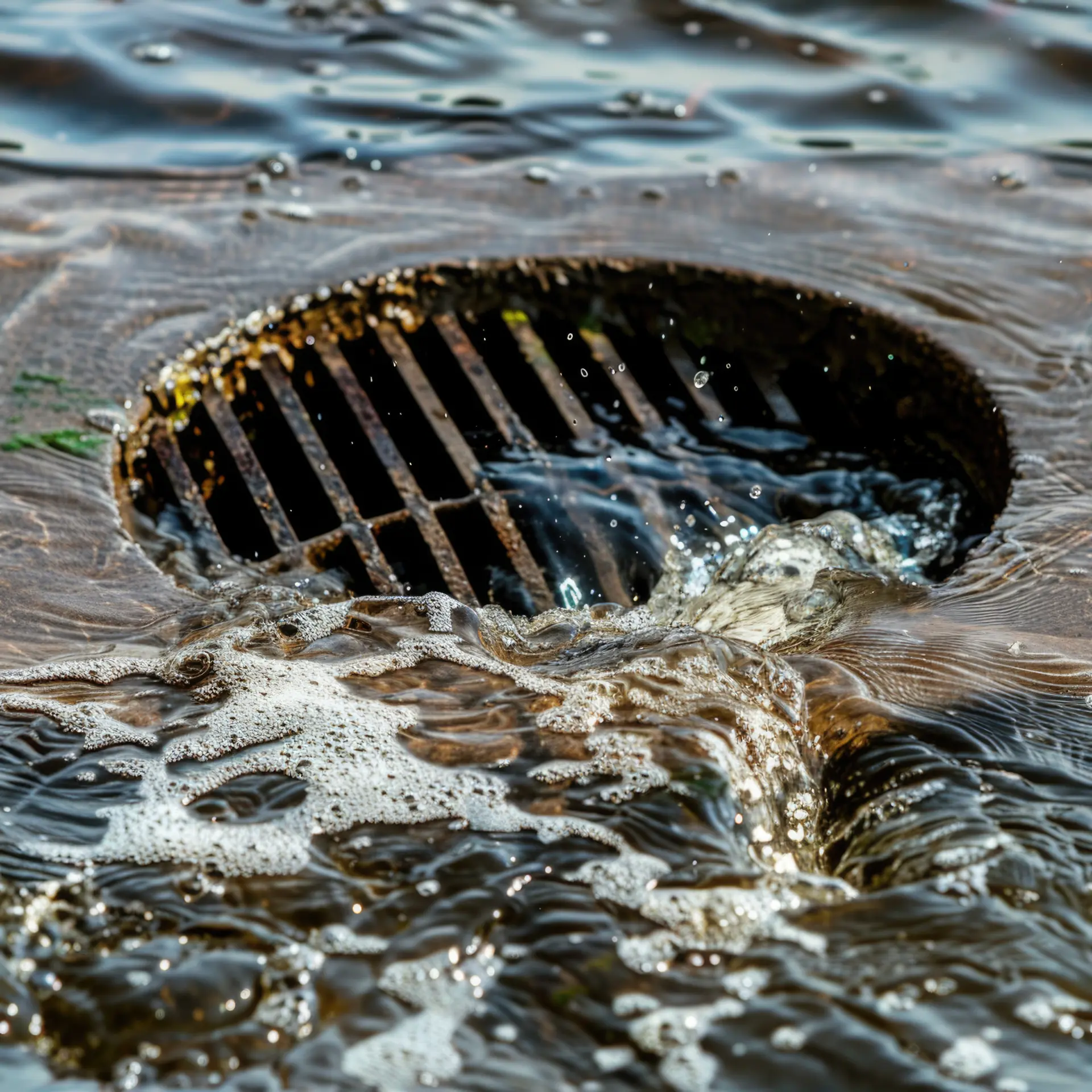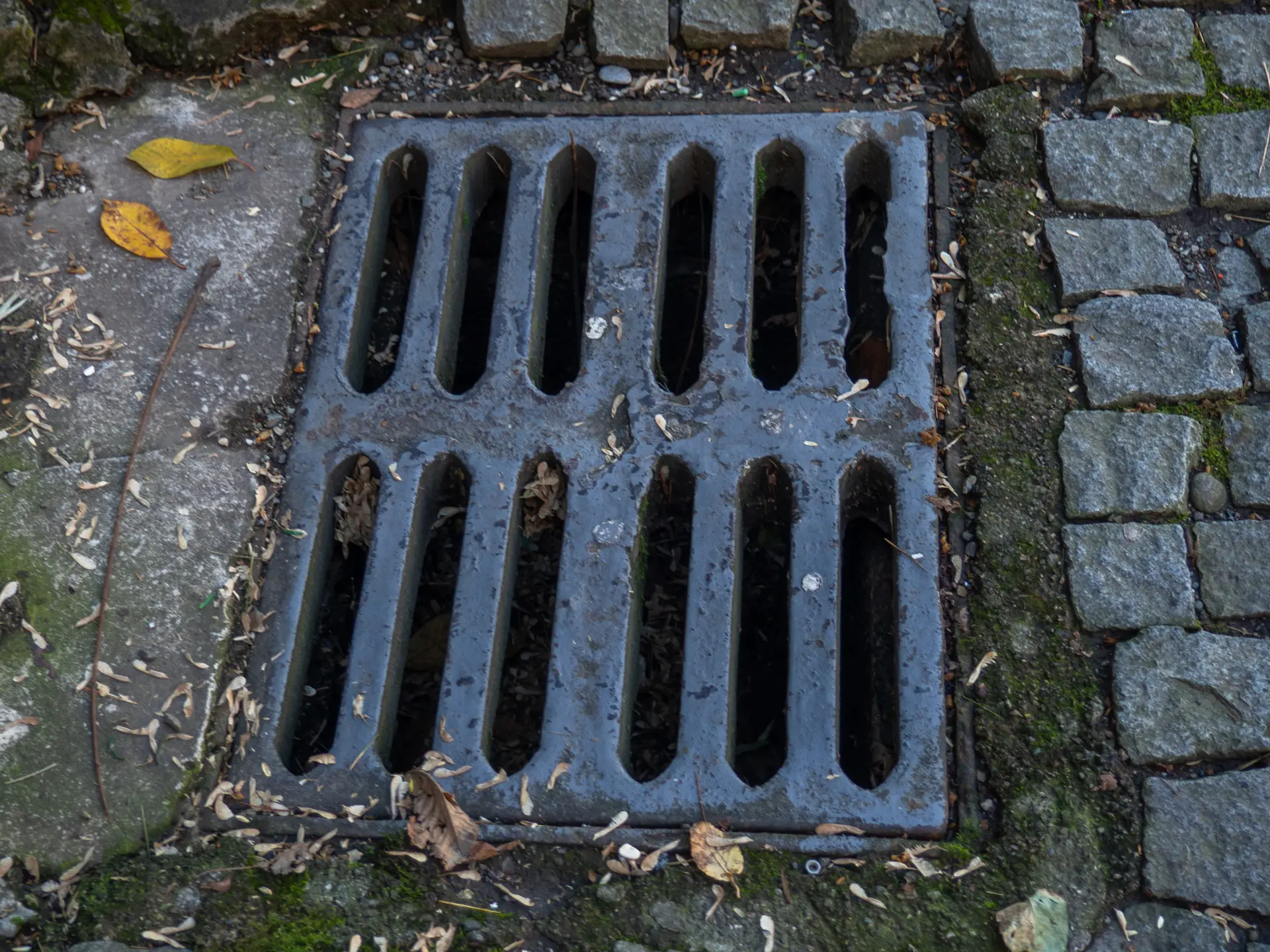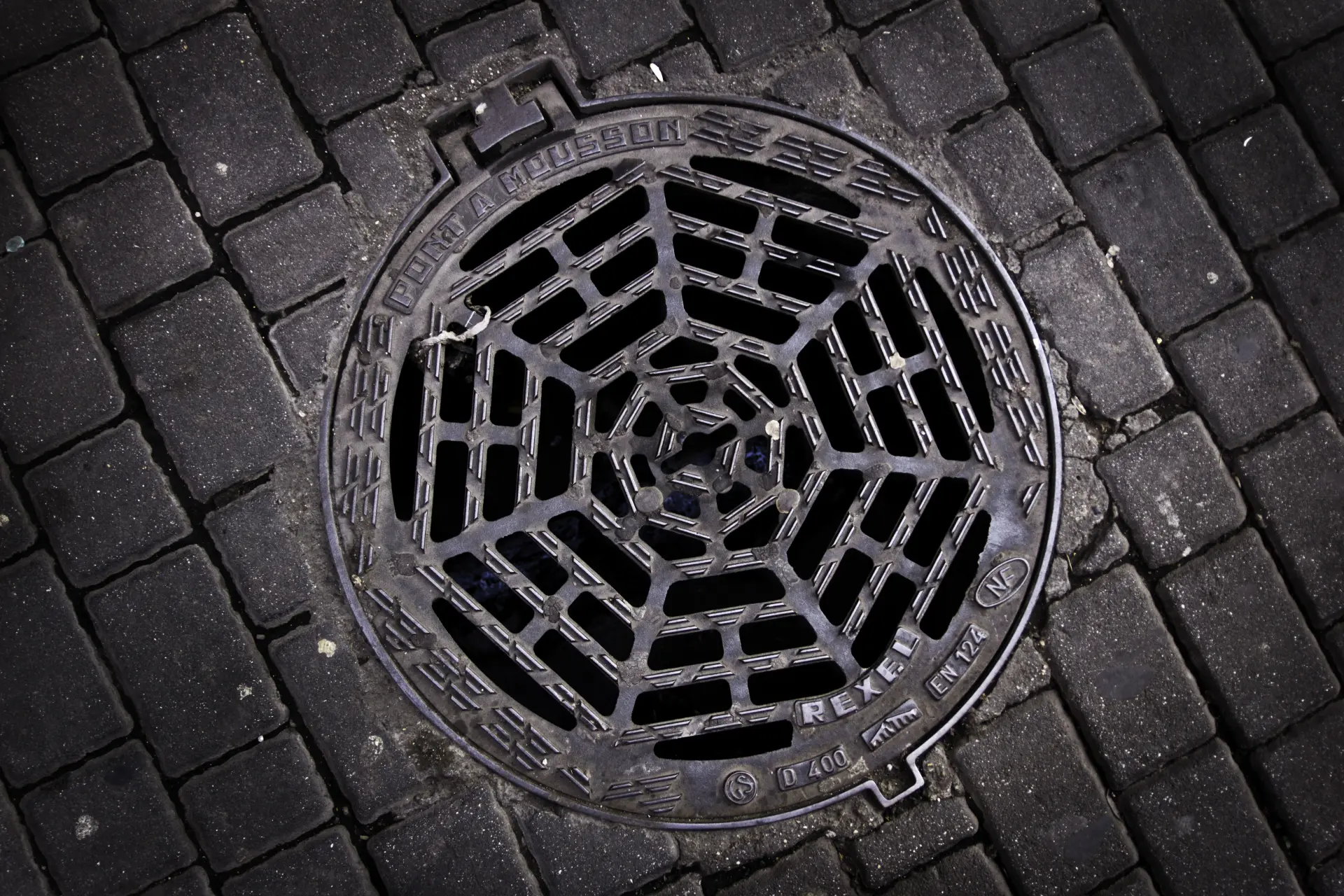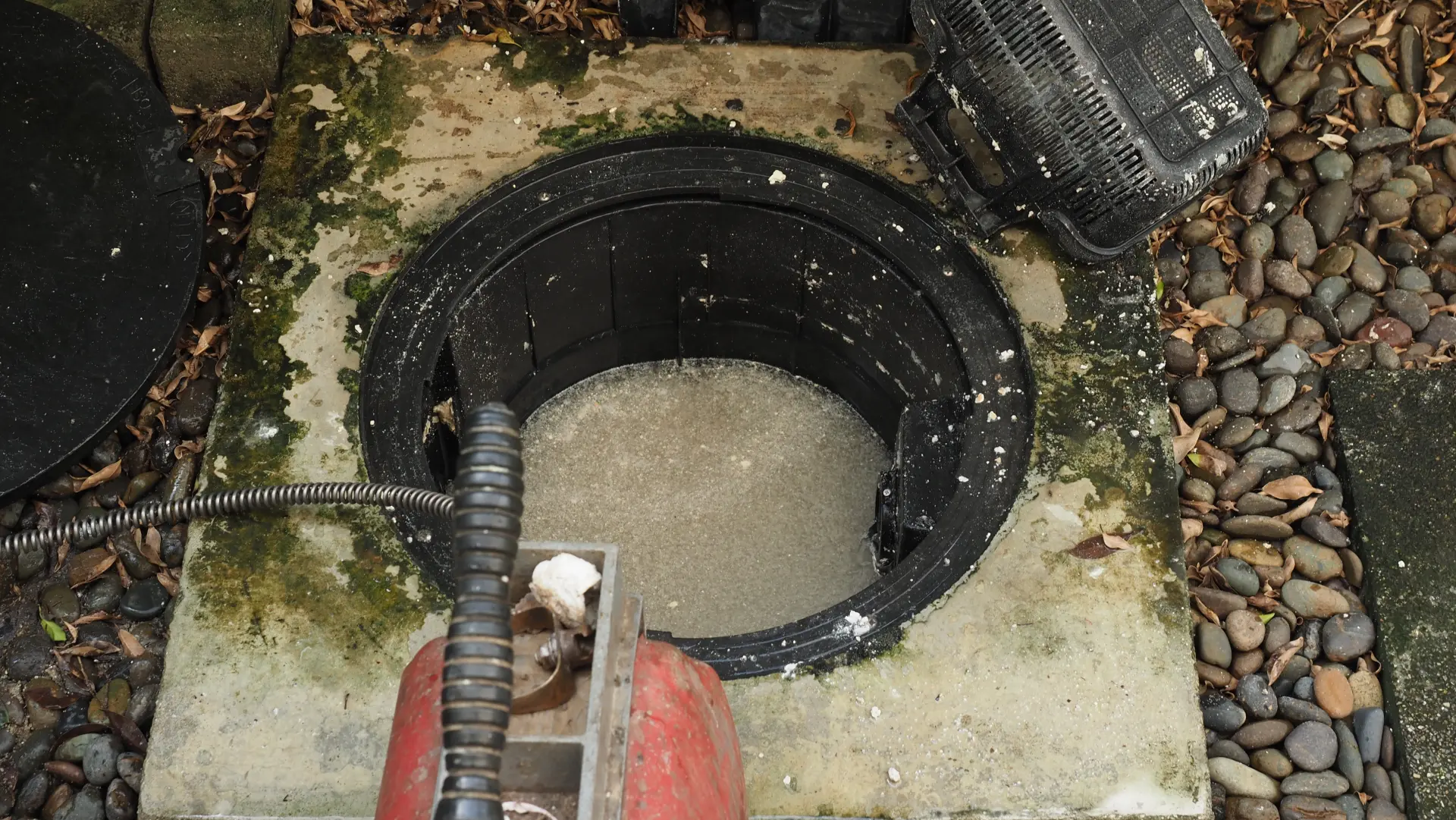Step-by-Step Process of a CCTV Drain Survey
During a CCTV drain survey, a surveyor will assess your property, drain history and access points. You’ll get a clear quote and an outline of what will be inspected. On arrival, the surveyor will set up barriers, locate manholes, and complete a risk assessment to identify the best entry points in order to minimise disruption to you and your neighbours.
If there’s silt, grease, scale or roots, the surveyor will use high-pressure water jetting or mechanical cutters to clear the entry line. It's essential for the pipes to be clean to ensure the camera captures accurate, unobstructed footage. After this, a high-resolution, self-levelling CCTV camera is fed into the drain via a flexible push rod or crawler unit for larger or longer pipe runs. The live video from the camera is then streamed to a monitor so the surveyor can observe the pipe's interior in real time.
The camera is moved methodically from one access point to the next, and it records the pipe's distance, depth and direction. The operator will note down the pipe's material, diameter, connections, junctions and any changes in gradient that could affect the water flow. Then, any defects are tagged and measured, such as the lengths to the defects, crack lengths, offsets, and water levels.
After the survey, you’ll receive a digital report with annotated images, video clips and a plan showing the line routes and manholes. The surveyor will explain any urgent issues, risks and your repair options. During a CCTV survey, surveyors can see exactly what’s stopping your water flow, such as fat, oils and grease, wipes, mortar, tree roots, or a collapsed pipe wall.
Common Problems Found in Drains
The most common drainage issue is blockages that are caused by fat, oils and grease, as well as hair, soap scum, food or debris. These waste materials can create partial or complete obstructions that slow down your water flow and force waste back up into the pipe. A CCTV drain survey can pinpoint the blockage and its exact location, so that engineers can apply the right remedy, such as high-pressure water jetting, mechanical cutting, or excavation.

Structural defects are another frequent issue. Over time, ground movement, heavy traffic, or ageing pipes can cause cracks, fractures, displaced joints and even complete collapses. If these issues are left untreated, soil can enter the pipe and allow wastewater to escape. A CCTV survey can record where the defect starts and ends, which can help engineers make targeted repairs, such as patch lining or full relining.
Root ingress is another common issue for drains near trees and hedges. Thin roots can exploit tiny gaps at the pipe's joints and then thicken and trap debris as they grow. A CCTV survey can reveal how far the roots have penetrated the pipe and whether or not root cutting and pipe relining are needed to seal the entry point and stop the roots from regrowing.
Benefits of Detecting Issues Early
Catching drain issues early on can save you money, time and stress, and CCTV surveys are the most efficient way to do this. By sending a high-resolution camera into your pipework, engineers can see exactly what’s happening inside without digging. This clarity allows surveyors and engineers to make faster decisions and more targeted repairs.
Small defects, like hairline cracks, minor root ingress or early silt build-ups, are easy and inexpensive to fix when they are spotted early on. If these issues are left unchecked or unresolved, they can cause full-scale pipe collapses, floods and structural damage that requires excavation and days of disruption to fix. A quick CCTV check every now and then can help you avoid these issues.
A CCTV survey will record the exact location, length and nature of the issue, and instead of replacing long sections, engineers can simply patch-line a 1-metre crack, re-round a distorted section, or regrade a short backfall. Since CCTV provides accurate readings, most of the repairs can be done without the need for excavation.
When Should You Book a CCTV Drain Survey?
A drain survey should be a crucial part of your pre-purchase checks if you're planning to buy a property. Hidden defects like displaced joints, cracks, root ingress or misconnections won’t show up on a standard valuation or homebuyer report. However, CCTV footage and a written condition report can help you budget, renegotiate or request repairs before you buy a property.
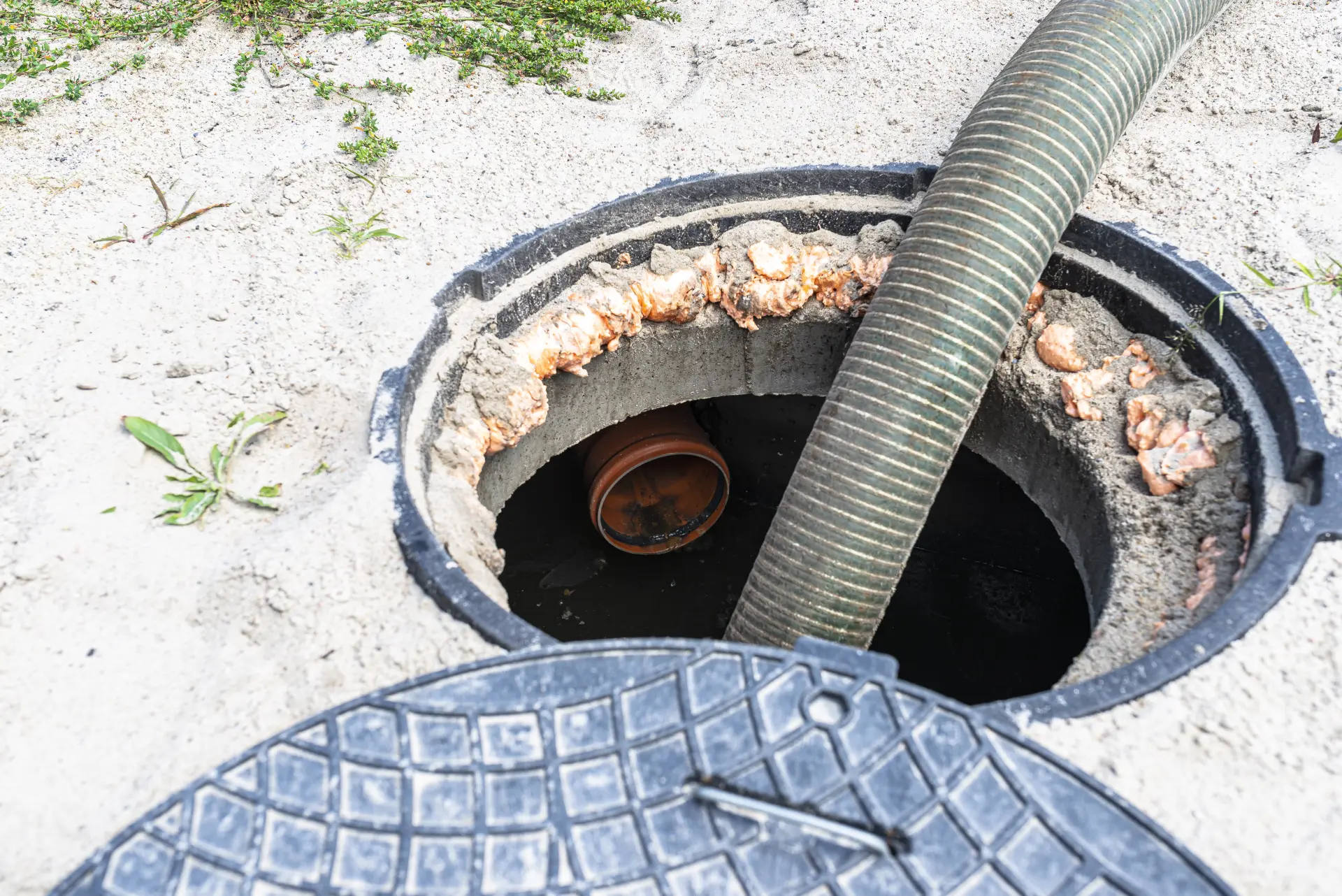
If your sinks, showers or toilets keep backing up after multiple repairs, there’s likely an underlying structural or gradient issue with the pipes. A drain survey can identify why the problems are recurring and what remedy needs to be applied. Unexplained odours, audible glugging and damp patches along your external walls can also be a sign of standing water, leaks or ventilation faults. A CCTV survey can confirm whether there’s ponding, infiltration/exfiltration, or a broken trap in your drainage system that's causing smells to vent back into your property.
Additionally, if you're planning to build over or near existing drains, a survey can map out the line routes, depths, and access points so you can avoid disputes and contractors can protect the existing pipework. CCTV drain surveys can also provide a baseline record for the pipework if anything is disturbed during the process.
We provide fast, non-invasive CCTV drain surveys for homes and businesses across the UK. Our high-resolution cameras can pinpoint blockages, leaks, root ingress and structural defects - and we provide clear reports, video evidence and repair options. Our surveys are ideal for pre-purchase checks, recurring issues and post-repair validation.

